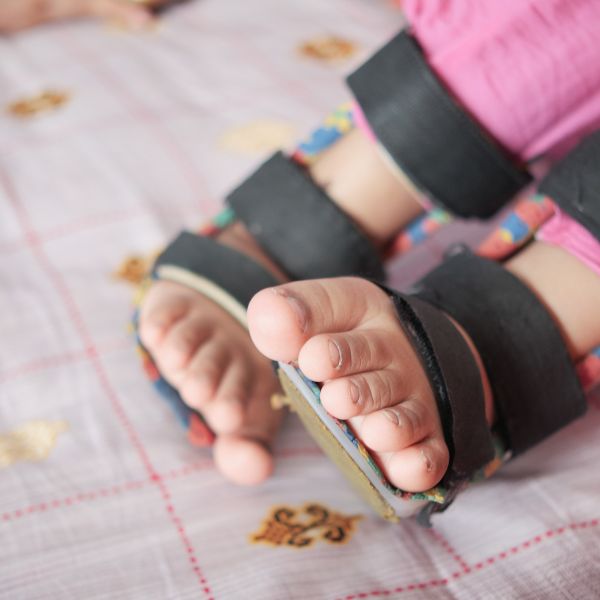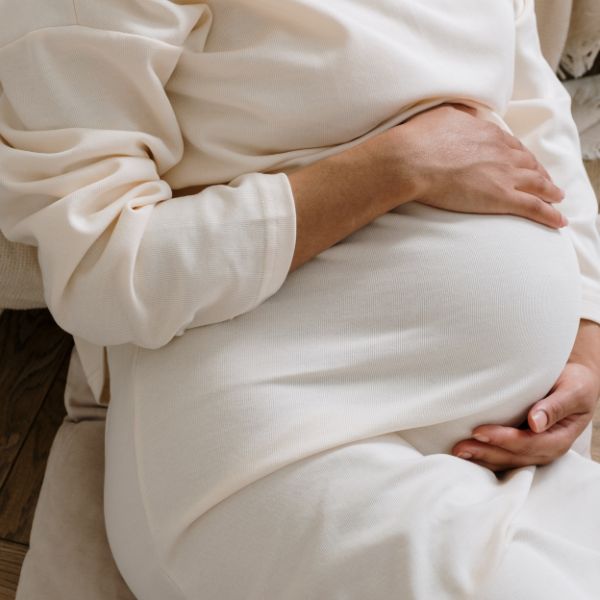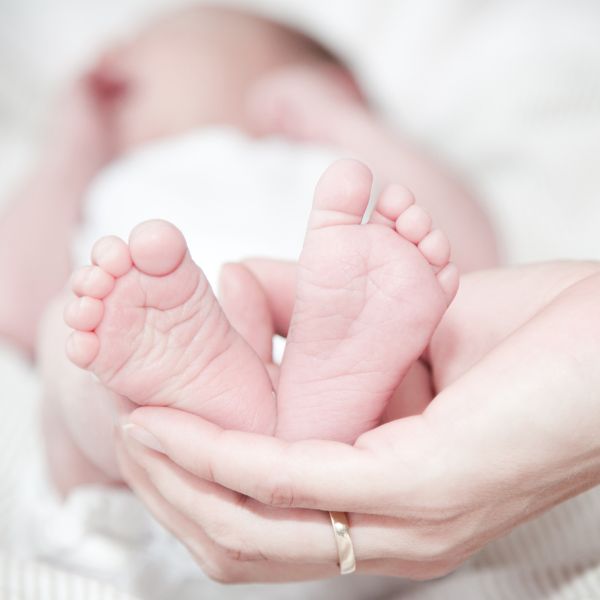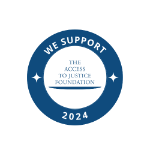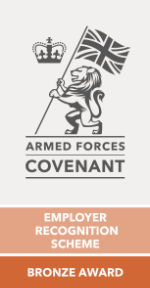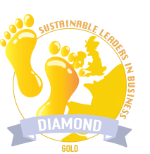Six Figure Settlement Obtained For Psychiatric Injuries Following Traumatic Birth
Erb’s Palsy or Brachial Plexus Injury Compensation Claims.
As natural as the process of childbirth is, it is unfortunately the case that it is not always as straightforward as one would hope.
Complications with birth can, and do, happen and sometimes these complications can be caused, or worsened, due to clinical negligence. The medical staff involved in your care during pregnancy, birth, and the postnatal period are trained to handle a wide variety of potential birth complications, but occasionally they may misjudge the situation or make the wrong decision, with dire consequences.
If your child sustained an unavoidable injury during birth which led to Erb’s palsy, you may have a case for claiming medical negligence compensation. If you’d like more information regarding your potential claim, please get in touch with us and we’ll be happy to discuss your situation and advise you on the best course of action.
What is Erb’s Palsy?
Erb’s palsy, also known as Erb-duchenne palsy or brachial plexus palsy, is an injury which occurs most commonly during birth. Once the baby’s head has been delivered, the shoulder can become stuck, which is known as shoulder dystocia, and the brachial plexus nerves within the neck become stretched and injured. The brachial plexus nerves supply movement to the whole arm from the shoulder to the hand and wrist; so when the nerves are damaged, the movement of that arm is affected, leaving it weak or even paralysed.
Babies who develop Erb’s palsy at birth may be unable to move their shoulder, but they may have some movement in their fingers. In some cases, both the upper and lower trunk nerves are damaged, meaning the condition is more severe than Erb’s palsy, and a diagnosis of global brachial plexus birth injury is given, with the shoulder, arm, and hand all being affected.
Our Erb’s Palsy Claims Expertise
Our team of expert solicitors has years of experience supporting claimants to obtain compensation for Erb’s Palsy caused by medical negligence. Contact Lanyon Bowdler today.
Lanyon Bowdler was established in 1988, and in the last thirty plus years we have secured our place as one of the leading law firms representing the West Midlands, North Wales, and the Marches. We are proud of our long-standing reputation and we continually strive to provide the high level of service that we have become known for over the years.
Our medical negligence team is made up of highly qualified and accredited solicitors and medical professionals, so we are fully equipped to handle your Erb’s palsy medical negligence claim to the highest standard, ensuring the best possible outcome to your case.
We are pleased to be able to offer flexible pricing options, including conditional fee agreements, more commonly known as “no win-no fee” so we’re confident that we can help you with your legal case whatever your personal circumstances are.
Your Erb’s Palsy Compensation questions answered
There are four different types of Erb’s palsy, classified according to the type and severity of the nerve damage:
- Neuropraxia – This is the most common type of Erb’s palsy; the nerve is stretched or pulled, causing only a temporary problem with the arm. This type of nerve damage typically heals within around three months.
- Neuroma – In cases of neuroma, the nerve is stretched to a point where the fibres break. The nerves will heal, but scar tissue forms, often causing discomfort, and never fully recovering back to normal.
- Rupture – In this type of palsy, the nerve is stretched to the point it is torn in half and will not heal on its own. Surgery is usually required to repair the nerve, and without surgery the arm will likely remain paralysed.
- Avulsion – This is the most serious of all types of Erb’s palsy, and occurs when the nerve is completely torn away from the spinal cord. The nerves within the diaphragm may also be affected, potentially causing difficulty with breathing. The nerve damage could also affect the face, causing the eyelid to droop, which is known as Horner’s Syndrome.
The symptoms of Erb’s palsy will present slightly differently in each baby, depending on the severity of the palsy, but they may experience some of the following:
- The arm is weak, with limited grip strength
- The arm hangs at the side of the body, rotating inwards
- There is numbness in the arm
- There is limited motion within the shoulder, arm, and wrist
- The arm could be completely or partially paralysed
- The normal development of the circulatory and nervous systems, and the muscles could be restricted
Erb’s palsy is primarily caused by a specific type of birth trauma known as shoulder dystocia. This is where the baby’s shoulder becomes trapped behind the mother’s pelvic bone during the birth. If the shoulder dystocia is not detected in time, or if the wrong course of action is taken by the birth team, this can lead to undue stress being placed on the brachial plexus, causing the nerves to strain or tear, and ultimately leading to Erb’s palsy.
As well as the potential for Erb’s palsy to be caused by negligence, there are also a number of complications and factors which can potentially increase the likelihood of the baby developing Erb’s palsy, including:
- Babies who have a large full-term birth weight
- Mothers who have a particularly small frame
- Mothers who have a small or unusual shaped pelvis
- Mothers with diabetes, either Type 1, Type 2, or gestational
- Mothers who are obese
- Babies who are born in breech position, or another unusual position
- The use of forceps or ventouse during delivery
Erb’s palsy could also be caused by pregnancy injury. For example, if the infant has wide shoulders, once their head has dropped down into the birth canal their shoulder may become restricted by the mother’s pelvic bone, potentially causing the brachial plexus nerves to stretch.
The medical team, caring for you and your baby during pregnancy and birth, are trained to look out for any mitigating factors and to take the appropriate action in order to prevent undue harm to your baby. It is the responsibility of the doctors and midwives entrusted with your care, to advise you of any potential complications and discuss the appropriate birthing options with you. If your birthing options were not discussed and your baby then sustained a shoulder injury, it could indicate clinical negligence.
For example, if the foetal size wasn’t monitored properly and a caesarean section wasn’t performed for a large baby or baby in breech position, this could increase the risk of shoulder dystocia taking place, leading to the baby sustaining nerve damage and potentially developing Erb’s palsy.
If the diagnosis of Erb’s palsy is delayed, it could mean that treatment then becomes less effective. For example, in the case of rupture or avulsion, if surgery is not performed promptly to repair the damaged nerves, it may then be too late to repair them, meaning the Erb’s palsy is likely to be a permanent part of the baby’s life.
In cases where the Erb’s palsy is mild, such as neuropraxia, the baby may recover from their injuries without intervention, although this could take several years. In more severe cases, babies will sadly be left with long-term problems and will require treatment to alleviate the symptoms of the condition.
Surgery can potentially be performed to repair the nerve damage. However, many children will continue to experience some weakness in their shoulder, arm, or hand and will often require regular physiotherapy, massage therapy, or occupational therapy throughout their lives to build strength and improve function in the affected limb.
The long-term prognosis for an baby with Erb’s palsy depends on the severity of damage to the brachial plexus nerves. In some instances, the injury is mild enough that they will make a full recovery within the first few years of life, whilst in other cases the injury will lead to permanent paralysis of the shoulder and arm, presenting lifelong issues and limitations.
Erb’s palsy could limit the child in their early years as they may struggle, or be unable, to take part in certain sports and activities, such as riding a bike, swimming, or doing arts and crafts. In later life, their condition could affect the type of job they are able to do as some jobs require the use of both arms. However, many job roles can be performed effectively with the use of just one arm and workplaces can make adaptations for disabled staff where necessary.
As well as the potential physical limitations throughout life, someone with a disability like Erb’s palsy may experience discrimination or unfavourable treatment in society, which could affect them emotionally and psychologically.
Until fairly recently it was thought that all brachial plexus injuries were a direct result of excessive traction applied by the birth team during delivery of a baby’s shoulders. However, it is now known that shoulder dystocia can actually occur in the absence of excessive force used during delivery. This discovery has influenced the way in which compensation claims for Erb’s palsy are handled.
A compensation claim for Erb’s palsy can only be brought if the condition was caused as a direct result of medical negligence during pregnancy or childbirth. This can include things such as:
- Failure to identify the weight and size of a large baby prior to delivery, particularly in cases where clinical signs or previous pregnancies indicate the likelihood of a large baby.
- Failure to recognise the clinical indications for performing a caesarean section, thus allowing for a vaginal birth despite the potential risks.
- Failure to correctly diagnose and treat gestational diabetes as this often increases the risk of having a baby with a high birth weight.
- Clinical protocol dictates that doctors and midwives should perform certain manoeuvres when a baby is stuck in the birth canal, failure to follow protocol can lead to shoulder dystocia and brachial plexus damage.
- If the birth team applies excessive and unnecessary force or traction to the baby during delivery, which can result in injury.
Around 30% – 40% of Erb’s palsy injuries affect a baby’s posterior shoulder during labour, which is not considered to be due to negligent action by medical staff. However, injuries to the anterior shoulder are, however, more likely to be caused by improper care provided by medical staff. When assessing a medical negligence claim it is important that the position of the baby’s arm is taken into consideration, as this is often the best indicator of whether there is a negligence claim.
If your child’s Erb’s palsy was caused due to negligence during your pregnancy or birth, speak to us today. Our team has the knowledge and experience to handle your claim with the sensitivity and diligence necessary.
What our clients say.
How Much Compensation Could I be Awarded?
The amount of compensation varies from case to case and typically depends upon the severity of the Erb’s palsy injury, as well as the potential long-term suffering of the child. A number of factors will be taken into account when the judge is assessing how much compensation the defendant will owe you, including:
- General damages for the Erb’s palsy injury, based on the severity of the injury
- The cost of treatment such as physiotherapy, hydrotherapy, and occupational therapy
- The cost of surgery, for example nerve grafts or tendon release
- Loss of earnings incurred due to taking time off work to care for your child and attend appointments
- The cost of any aids, equipment, and adaptations to your home or car which are necessary in the ongoing care of your child
- The psychological and emotional impact the diagnosis has had on you and your child
- Care provided by friends and family, even where it was offered freely
How Long do I Have to Make a Compensation Claim?
Erb’s palsy is most commonly a birth injury and parents, guardians, or other family members have until their child’s 18th birthday to make a claim. In this situation, the parent or guardian can act as a litigation friend, which means they are legally allowed to make decisions about a court case for a child, or for an adult who lacks the mental capacity to manage the court case themselves.
If a claim hasn’t been made on the child’s behalf before they turn 18 years old, they then have three years from their 18th birthday in which to do so. Once they turn 21 years old, a claim may only be made in exceptional circumstances. Please speak to us for advice if you find yourself in this situation and we will guide you through the possibilities available to you.
Contact Lanyon Bowdler’s Erb’s Palsy Compensation Solicitors
At Lanyon Bowdler, we take pride in being a friendly and approachable law firm, so please get in touch to discuss what has happened to you and find out how we can help. Our team of specialist Erb’s Palsy Negligence Lawyers are part of our award-winning medical negligence team, we will be happy to talk you through the process of filing a compensation claim.
If you think you or a family member has been treated negligently by a hospital or medical staff during pregnancy or childbirth, then it is likely you are entitled to claim compensation. Give us a call or complete our online enquiry form, to see how our team can help you get the justice and compensation you deserve. There is no obligation on you or any charges for our initial assessment.
By choosing Lanyon Bowdler for your Erb’s Palsy Medical Negligence Claim, you can rest assured that you have the best legal expertise on your team. Lanyon Bowdler’s Medical Negligence team is widely acclaimed and recognised as one of the best clinical negligence departments in the country. We are committed to providing exceptional levels of client care and will work closely and considerately with you to help find the best outcomes and help to get your life back on track.
We have offices in Shrewsbury, Bromyard, Conwy, Hereford, Ludlow, Oswestry, and Telford, so are able to act for clients all over Shropshire, Herefordshire, Mid and North Wales and across the Midlands (including Wolverhampton & Birmingham). As a leading full-service law firm, we can represent you wherever you live in England or Wales.
Meet the team.
Case studies.
Latest knowledge.
Our awards and accolades.
Get in touch.
"*" indicates required fields

 Back
Back






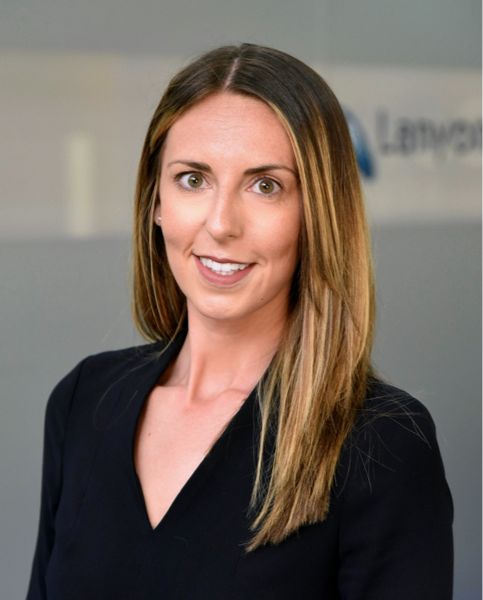












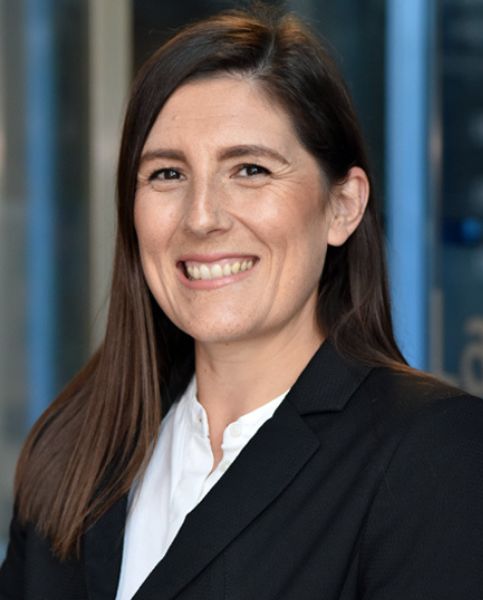
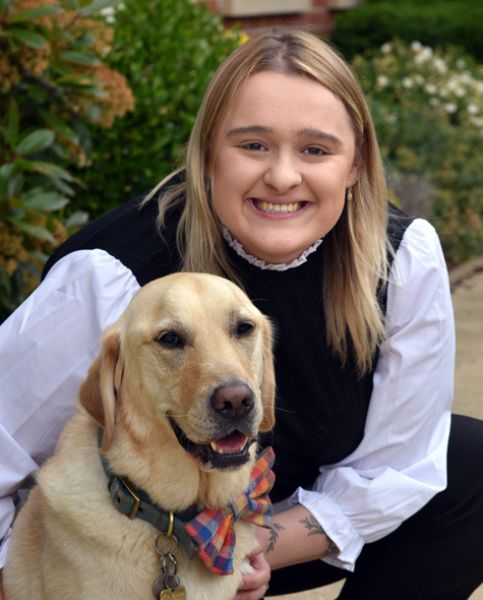


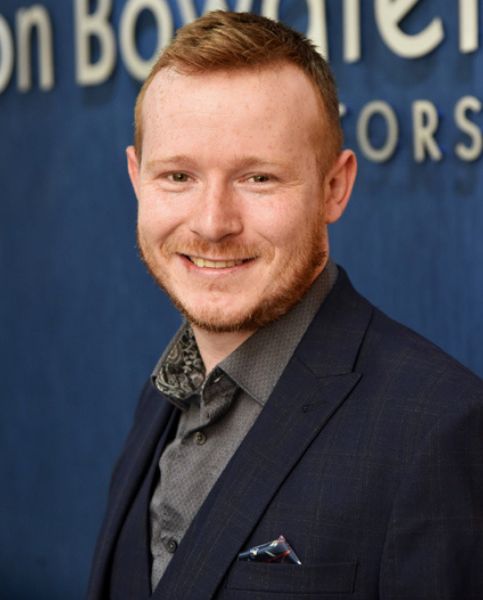
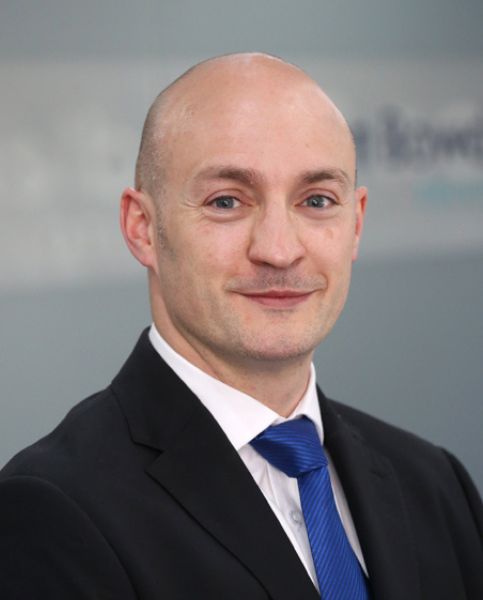


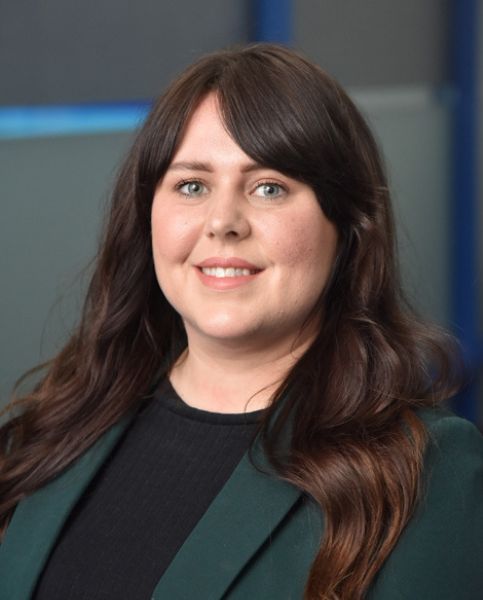

 Case Study
Case Study

 Blog
Blog

